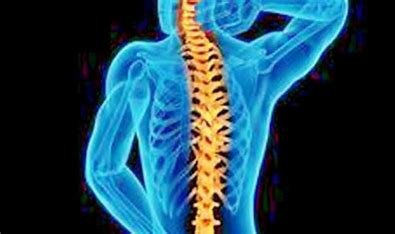In a groundbreaking development, a multinational research team of neurosurgeons and neuroscientists has successfully developed a brain-spine interface (BSI) technology that holds the potential to transform the lives of individuals with paralysis. This cutting-edge innovation has enabled a 38-year-old volunteer named Gert-Jan, who suffered from tetraplegia due to a spinal injury, to regain natural control over his paralysed legs, ultimately restoring movement in his lower limbs.
The findings of this remarkable research were recently published in the prestigious journal Nature, shedding light on the immense potential of BSI technology. The implantable system consists of electronic devices placed in the brain and spinal cord, which interface with each other to interpret the individual’s thoughts and translate them into physical actions.
Under the guidance of lead author Grégoire Courtine from the Ecole Polytechnique Fédérale de Lausanne (EPFL) in Switzerland, the multinational team collaborated to develop this revolutionary technology. While the BSI system has only been tested on one individual with partial spinal cord damage, it represents a significant breakthrough in the field of neurology.
Gert-Jan’s testimony speaks volumes about the impact of this breakthrough. He expresses his joy at being able to stand upright, walk freely, and even climb stairs – activities that were previously unimaginable for him. Furthermore, the BSI system has shown potential for enhancing neurological recovery, as Gert-Jan was able to walk with crutches even when the implant was switched off.
Although the researchers acknowledge that further studies are needed to determine the applicability of BSI technology to different injury locations and severities, they remain optimistic about its potential. They believe that similar strategies could be implemented in the future to restore arm and hand functions, and potentially treat paralysis resulting from strokes or other neurological disorders.
This digital bridge between the brain and spinal cord holds immense promise for transforming the lives of millions of individuals affected by paralysis. While previous approaches involving electrical stimulation and motion sensors had limitations, the BSI technology offers a direct connection that allows for more natural movement and adaptability.
The successful development of the BSI technology marks a new era in the treatment of motor deficits caused by neurological disorders. As researchers work towards scaling up this technology and conducting further clinical trials, there is hope that it will pave the way for groundbreaking advancements in the field of neurology and offer new possibilities for those living with paralysis.

